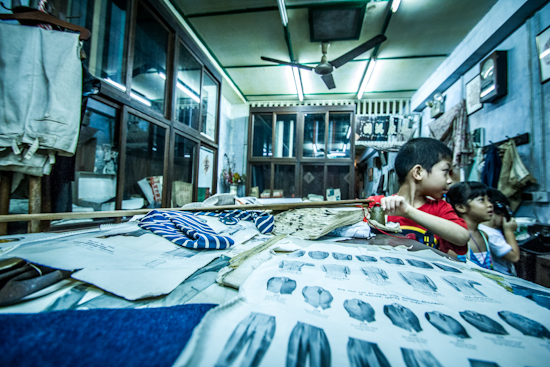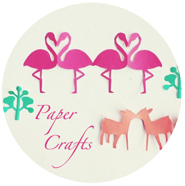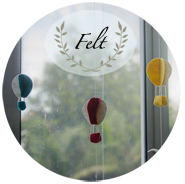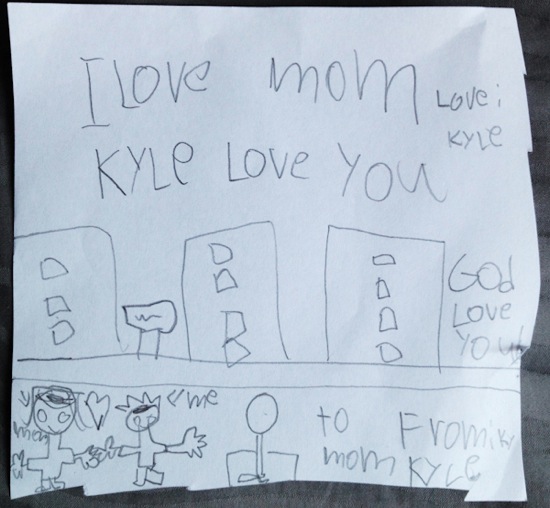
He told me not to look at his drawing when he was busy with these notes last night. Then he presented them to me, hugged me and told me that they were two love letters for me.
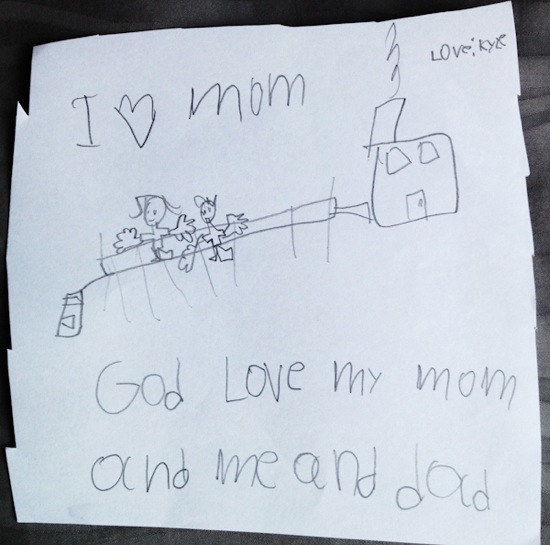
A simple but such an affectionate gesture from him really makes an ordinary day for a mom so extremely sweet.
P.S to hb – Ha! I got love letters from the boy, so where are yours? Oh and I am sorry that u are relegated in the second note to a just ‘by the way’ :P…
Linking up with





























